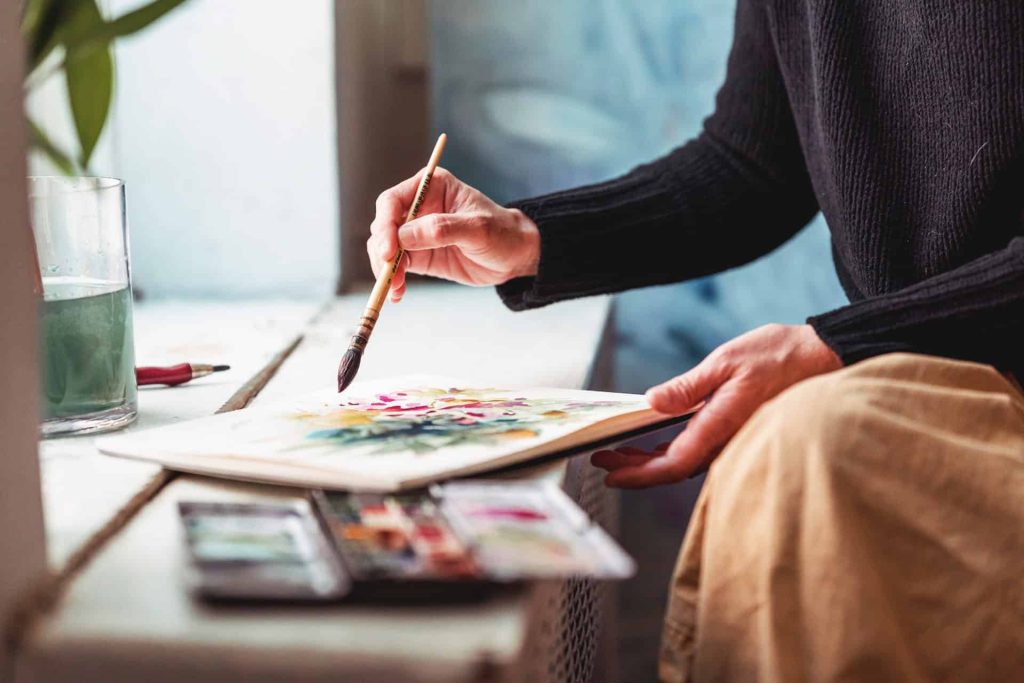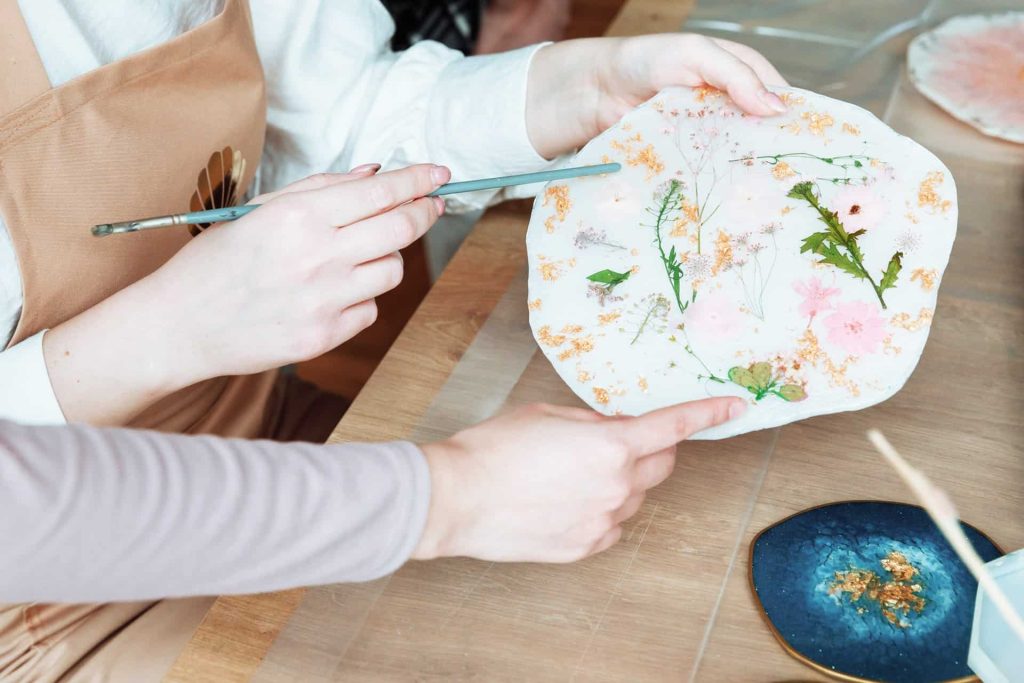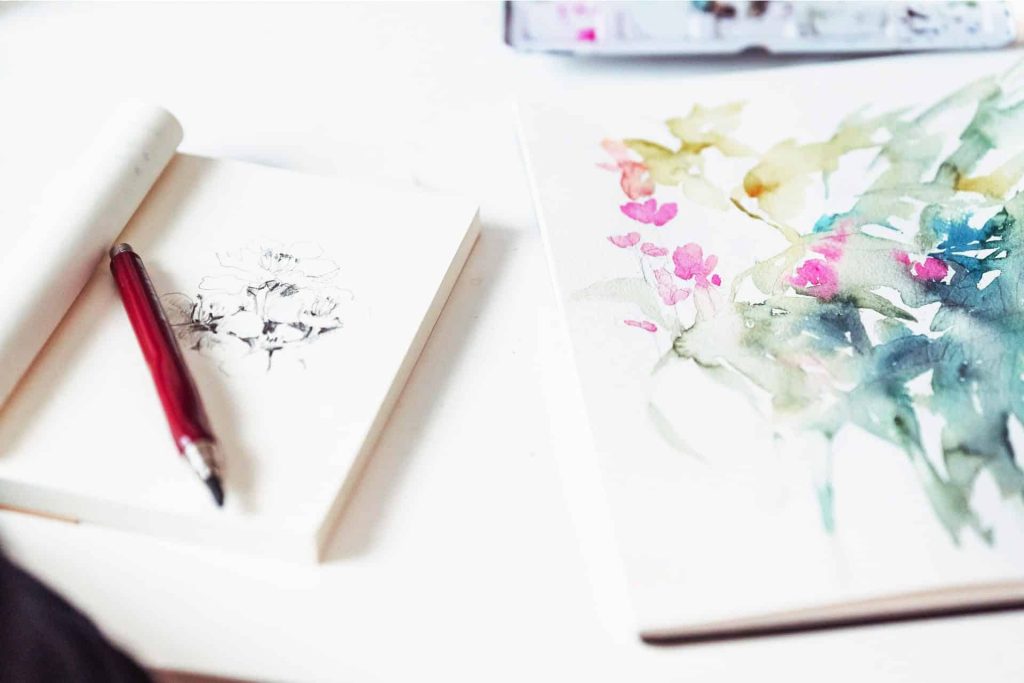PaintAndPainting
Discover the world of art, open your mind to the beautiful act of representing the world by your hand. Get in touch with the evolution of art worldwide.
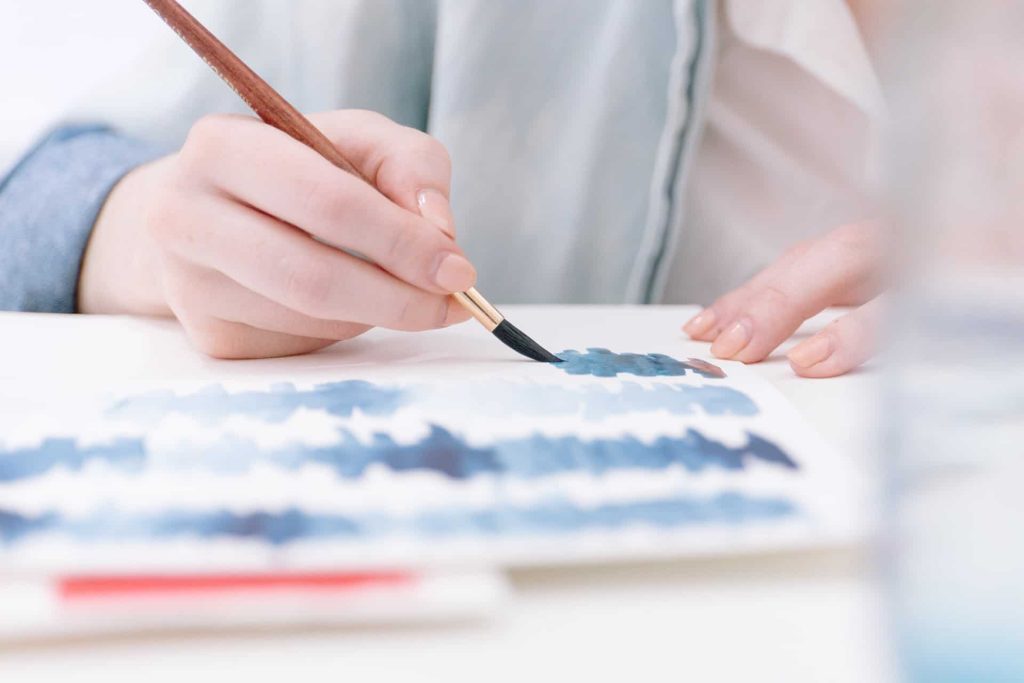
About Me
Natural History Artist & Watercolour Painting Tutor
I want to help people joining the amazing hobby of painting, learn how to start, acquire techniques, and getting in touch with the industry news.
20 000+ Lectors
Lorem ipsum dolor sit amet, consectetur.
12+ years of experience
I started painting 12 years ago, so there are many things I can teach.
23+ Awards
winning
Lot of art magazine acknowledged our expertise.
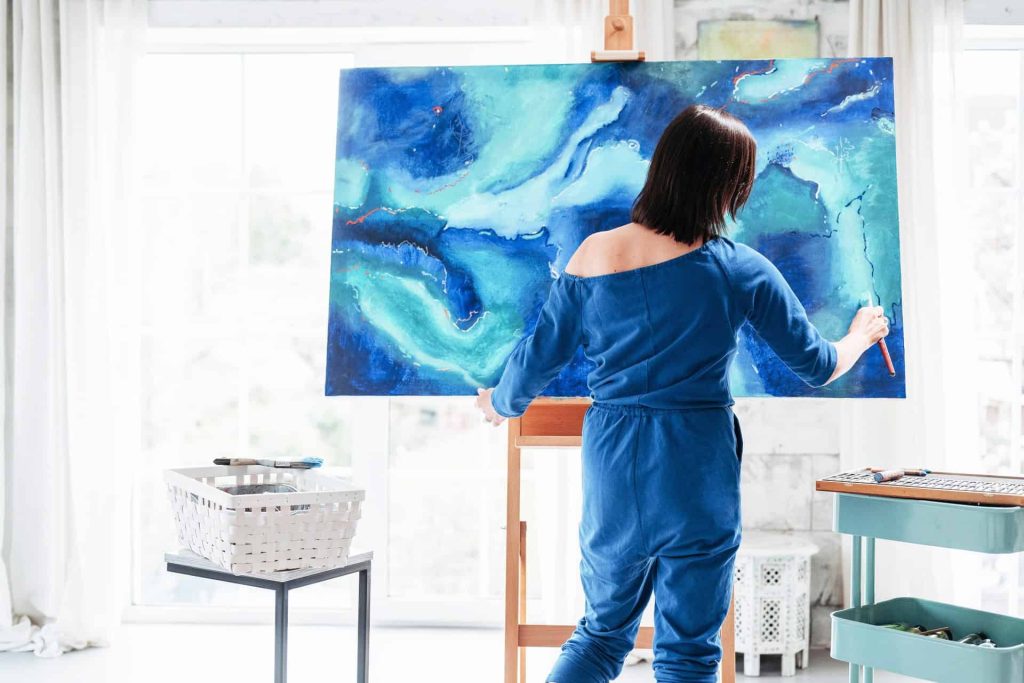
What you can learn ?
Discover My Best Working Skills & Experience
Learn new skills for your daily life as an artist
Do you want to learn new technics, Paint & Painting is the best website for you !
Get in touch with the world of art
We will inform you of all the evolutions regarding the industry of art : news, releases, reviews.
Testimonials
What our lectors says about us
Discover what our dear lectors think about us, and how Paint & Painting helped them across their art journey.
Recent articles

That rare and exquisite place: part of the Museum of Abstract Art of Cuenca, in Madrid
Madrid, This year marks the centenary of the birth in Manila of Fernando Zóbel, soul and promoter of the Cuenca…

Europe also has its heritage label
On April 11, 2024, the European Commission announced the new sites which have obtained the European Heritage Label, bringing the…

Pavillon des Sources, an approximate backpedal
Paris. The heritage series of the Pavilion des Sources is experiencing a new turnaround: it will ultimately remain in place,…

At the “Arab Presences” exhibition, politics takes precedence over art
Paris. The title of the exhibition is clear: “Arab presences, modern art and decolonization. Paris 1908-1988”. It indicates a desire…

The former National Institute of Crafts unhappy to be removed from the organization of a label
“It’s a real blow”, reacted the former National Institute of Crafts (INMA) upon learning that it would no longer manage…

Suzanne Valadon, an epic in Montmartre
Barcelona, Born in Bessines-sur-Gartempe, a small town in central France, in 1865 and into a less privileged family, Suzanne Valadon…

